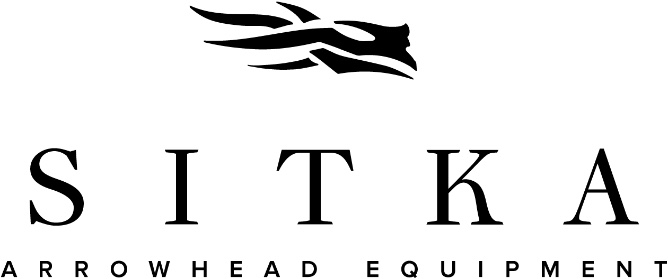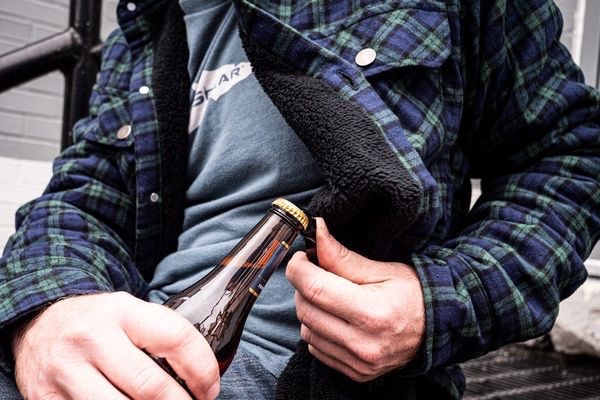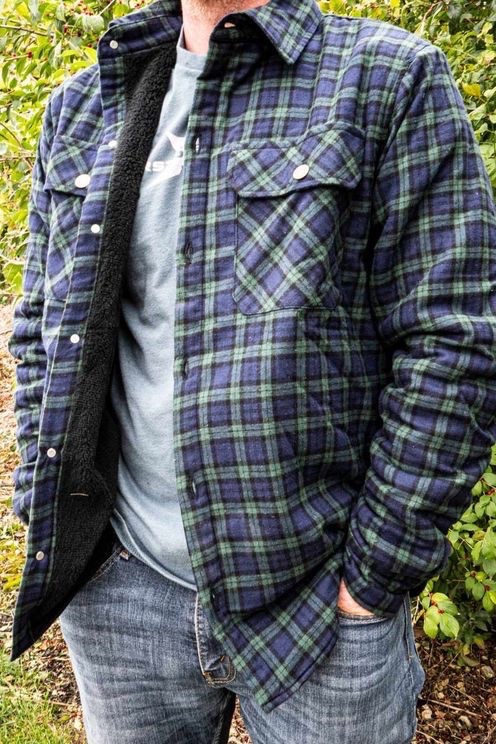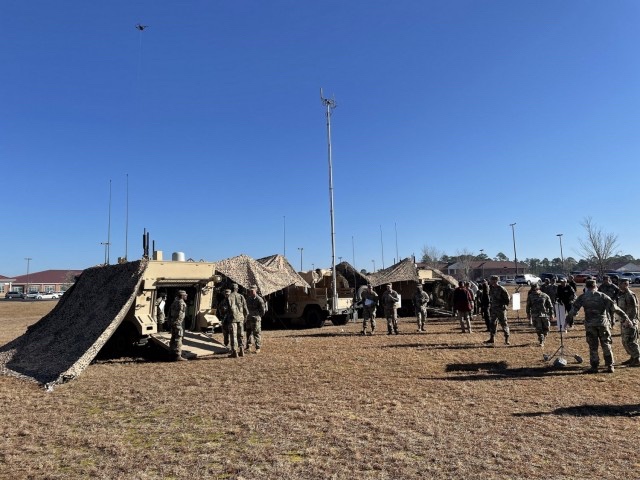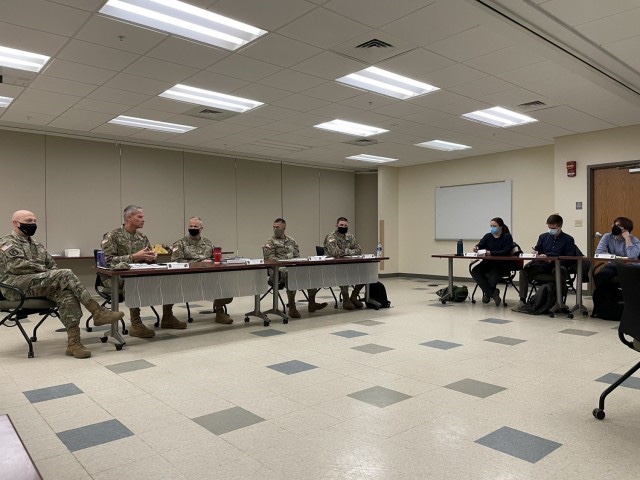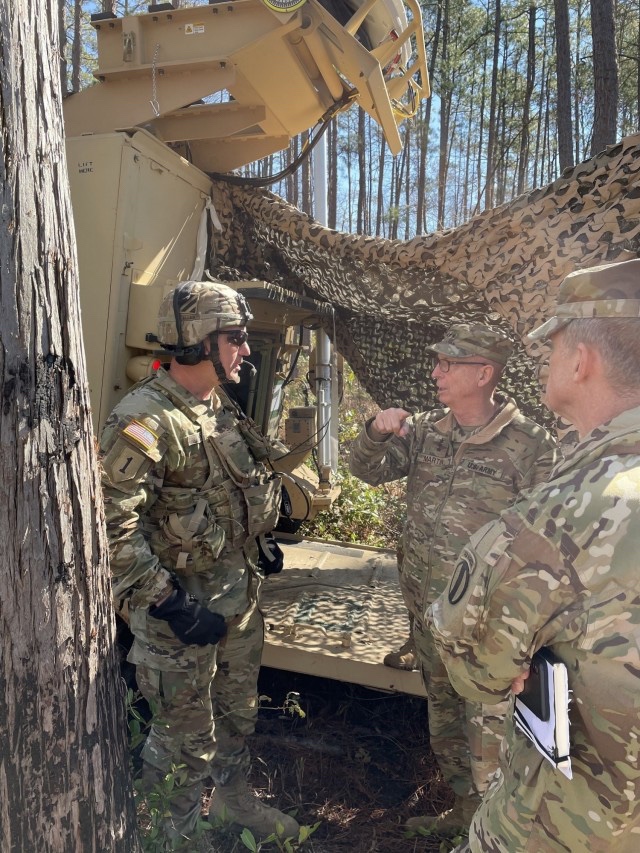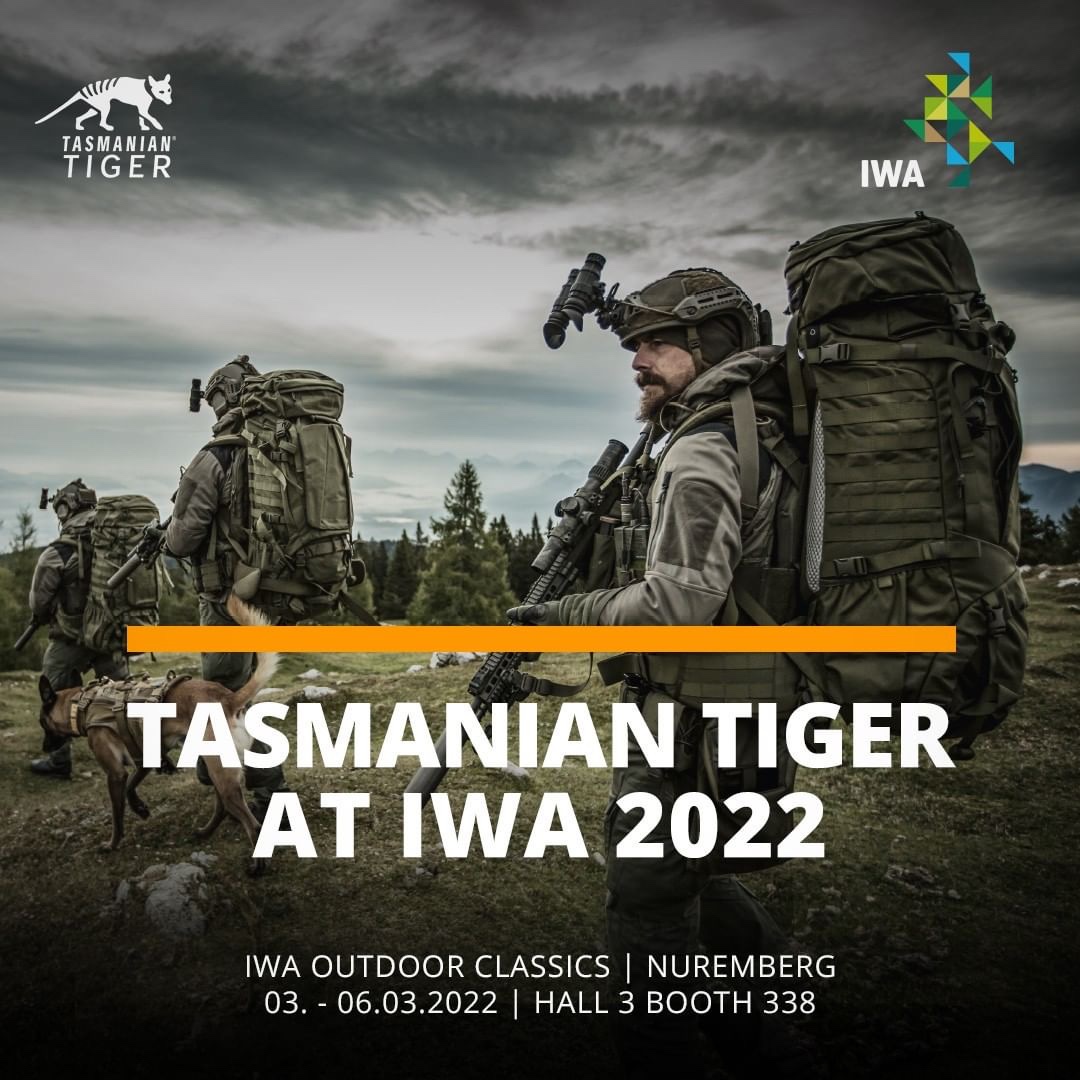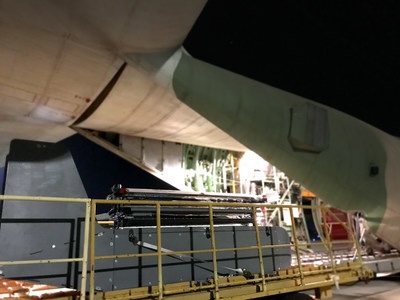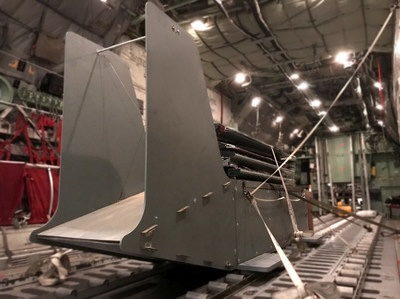Available for purchase today at 1200 EST on spiritussystems.com
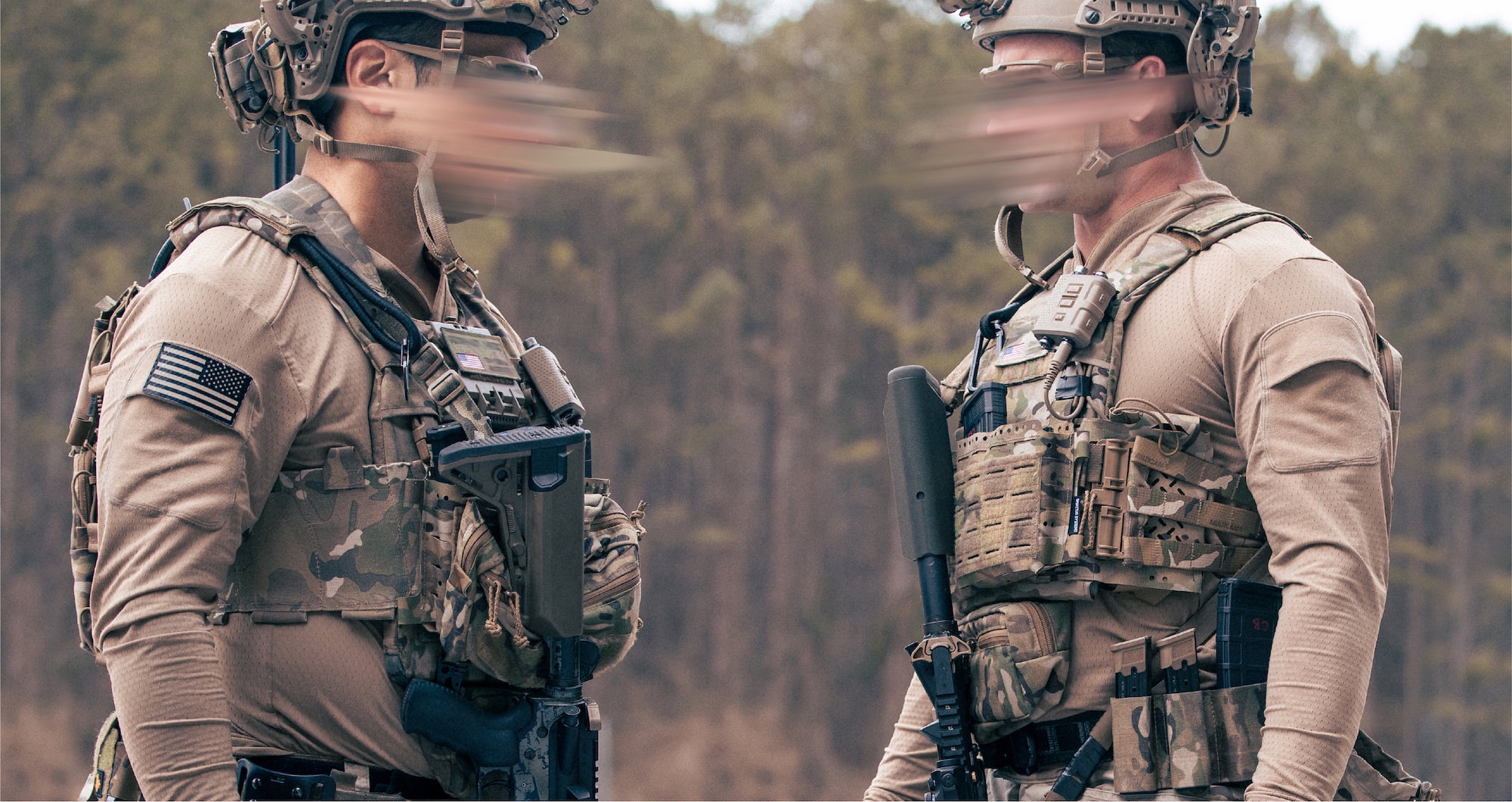
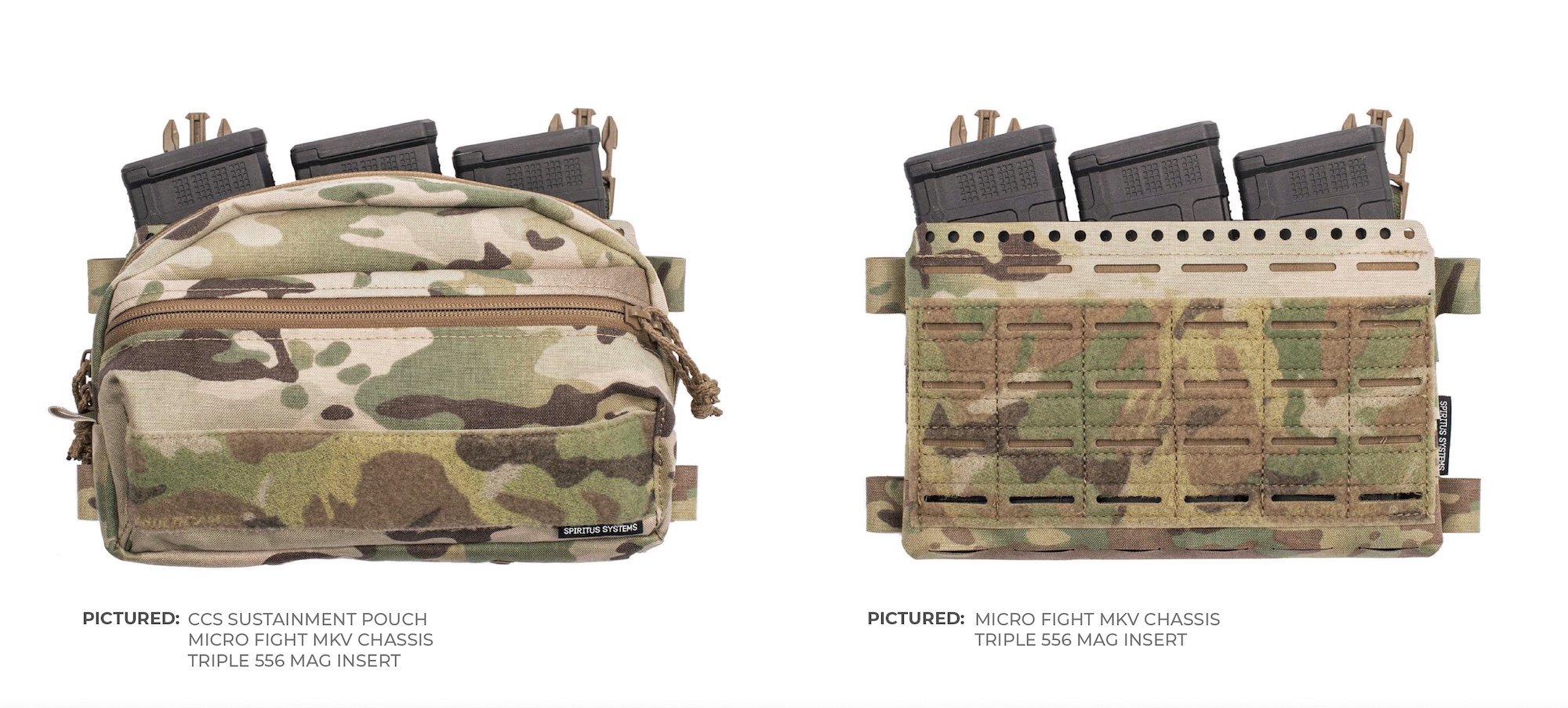
Spiritus Systems has launched the Micro Fight MkV, a compact chest rig chassis that serves as the central hub in an ever-growing system of components that can be configured into various plate carrier and chest rig solutions for today’s warfighter.
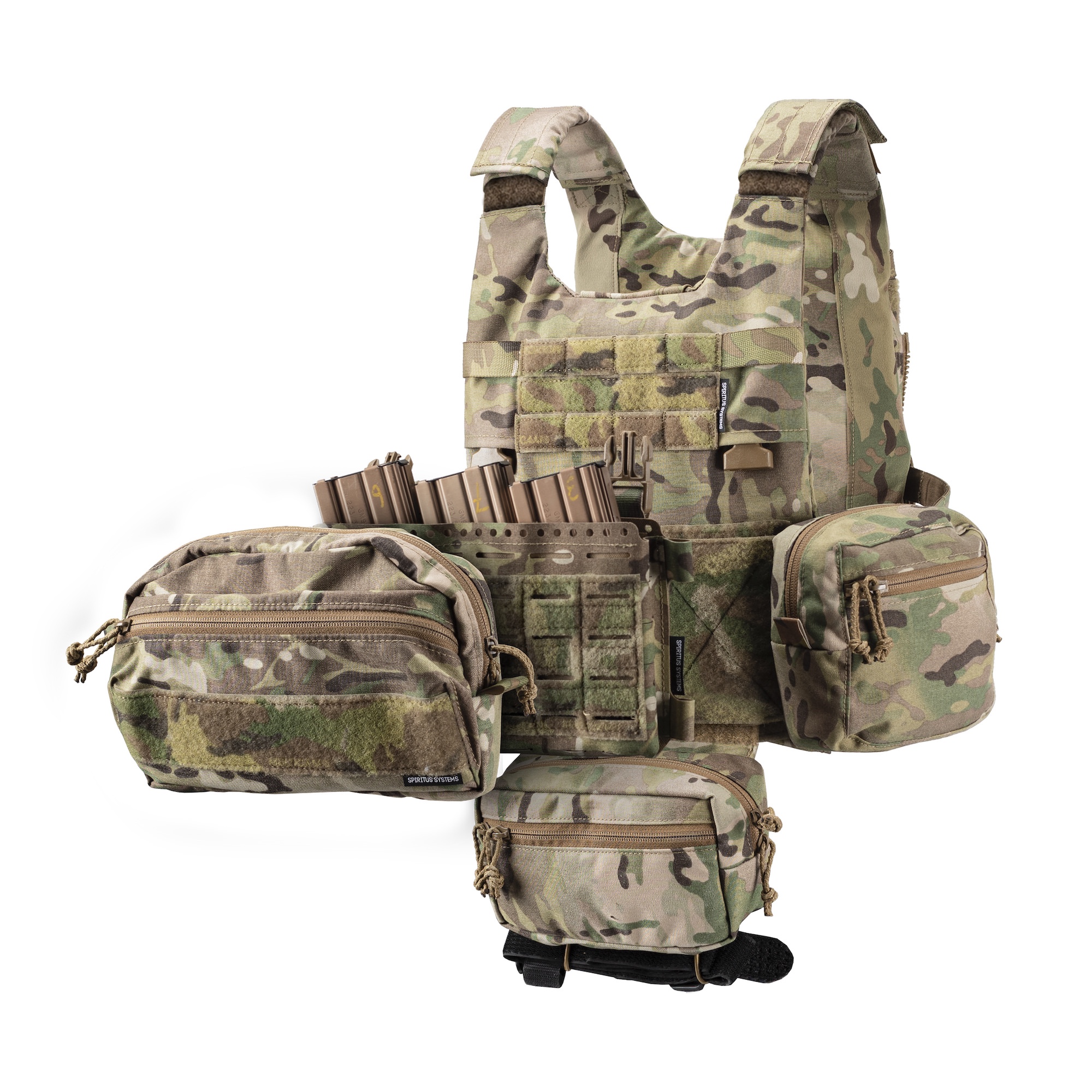
The Micro Fight series of chassis was originally developed as an answer to the performance limitations of traditional plate carriers and chest rigs when fighting in and around vehicles. The Micro Fight system was built to be an extremely low-bulk solution for environments where space and weight command a premium. Over the years, Spiritus Systems has continued to evolve this core product and build a line of accessories that allow the micro fight to scale from a minimalistic magazine carrier to a full-fledged plate carrier system or various sustainment and comms-focused chest rigs.
Today, the MkV is added to this diverse roster of modular components that let the end user build a near limitless number of kit configurations to support a wide range of weapons platforms and use cases.
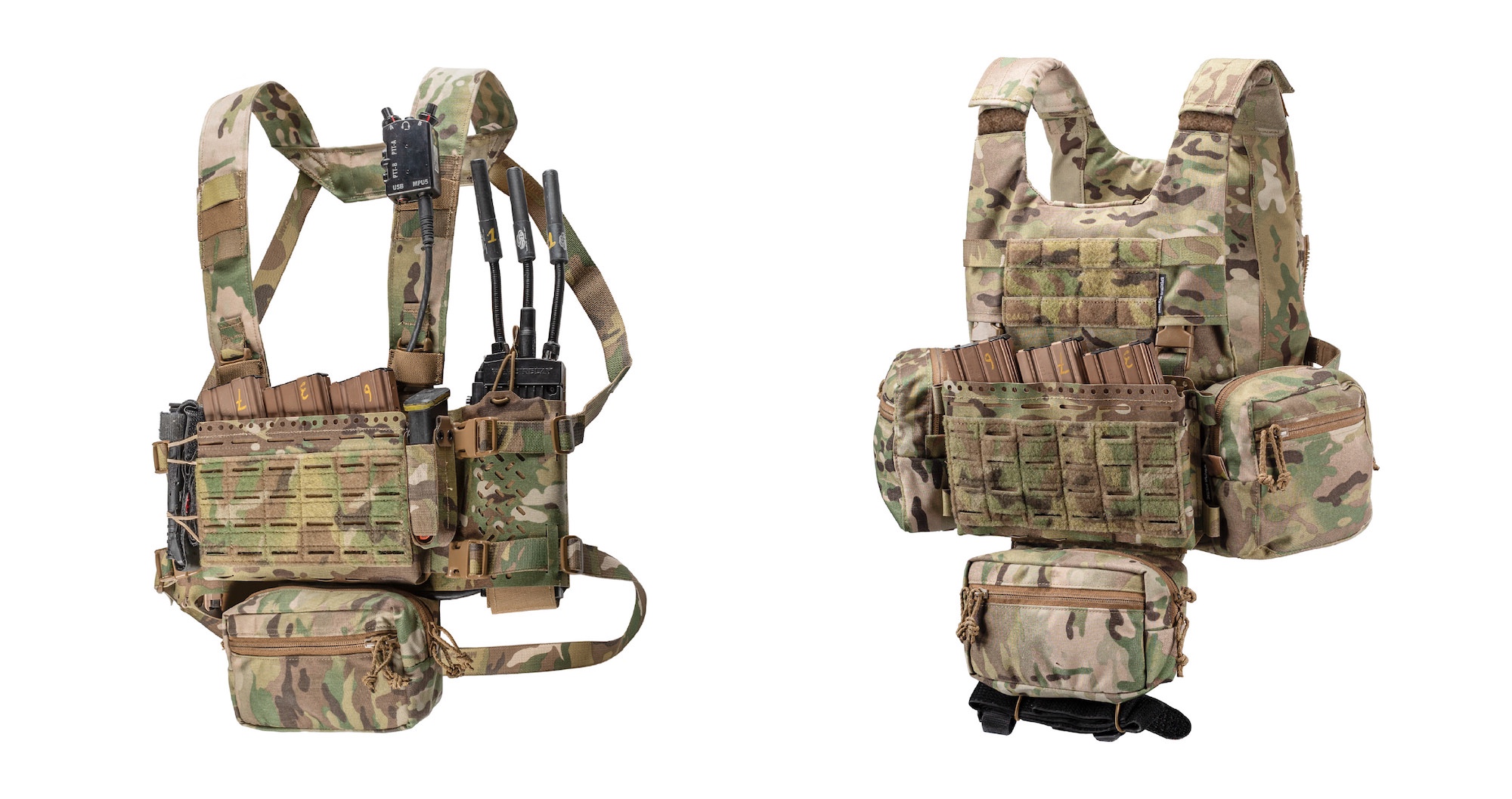
Design & Improvements
The MkV represents a generational leap for the Micro Fight line. Previously all Micro Fight iterations were composed of two open-top cells that could accept a variety of magazine inserts and Velcro flap closures. The latest version is now a single cell placard-style chassis that is built with all-new materials and manufacturing processes. The design features MOLLE on the front and sides to accommodate additional magazine pouches and tourniquets, and a row of anchor points along the top opening, for magazine retention bungee straps that will accommodate any caliber.
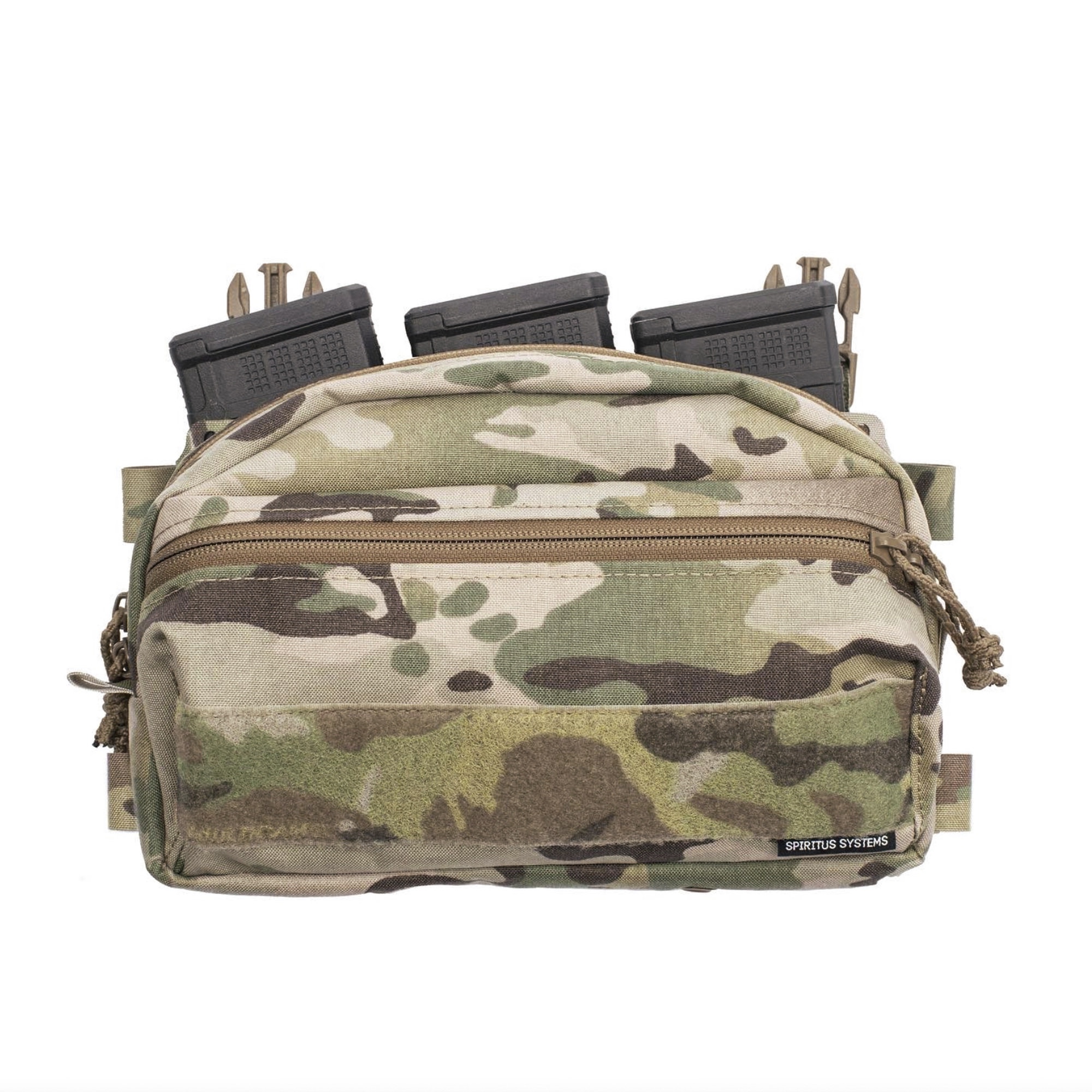
The CCS Pouch
Spiritus Systems found that the vast majority of Legacy Micro Fight customers were using the front cell as an ad-hoc GP pouch. In response to this, the MkV now can be combined with the all-new CCS Sustainment Pouch (releasing today in-tandem with the Mk V Chassis). The CCS pouch is a full-featured GP Pouch that vastly improves upon the legacy front cell’s functionality, and storage capacity. For those that do not need a GP Pouch solution, the MkV’s MOLLE front will accept any 3rd party magazine holders or other pouches.
Materials Selection & Manufacturing
The materials in the MkV were hand-selected and extensively tested for durability. Squadron fabric (an ultra-tough 1000d/500d Cordura laminate) is a semi-rigid textile that is used for the MkV’s entire chassis frame and was vetted for long-term integrity when laser cut. Unlike other products that will delaminate overtime, the MkV’s Squadron chassis will not degrade.
Spiritus Systems also worked extensively to develop new manufacturing processes that would allow the company to invest more per-product in premium materials. By keeping build costs low through efficiency gains, Spiritus Systems can offer the best value in tactical nylon equipment on the market today.
Backwards Compatibility
The MkV and the CCS pouch are backward compatible with the company’s full product line. That means customers with LV/119 Plate Carriers, Thing 1 and Thing 2 Chest Rigs, and any other build, can drop in a Micro Fight MkV where the Mk 4 used to be, and instantly enhance the functionally and modularity of the system with no extra purchases required. The MkV is also compatible with all caliber magazine inserts currently offered on the website.
Availability & Pricing
Spiritus Systems will be launching these products today at 1200 EST on spiritussystems.com
MkV Chassis $45.95
CCS Pouch $ 78.95
For LE and Military sales of this and other products please contact Adam Thrower.


